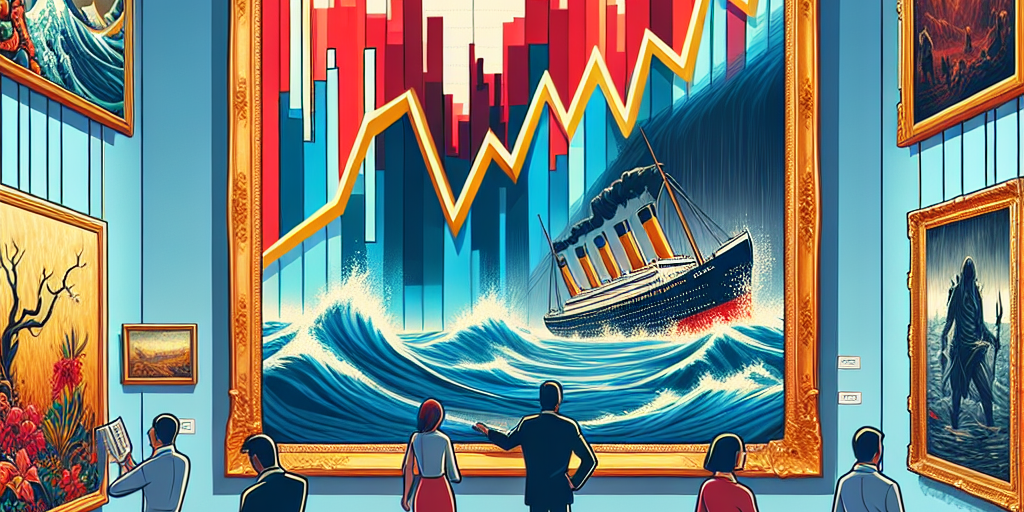Title: Maximize Your Returns by Avoiding These Art Investment Errors
Investing in art has captivated the interest of collectors and financiers alike, offering both aesthetic pleasure and the potential for substantial financial rewards. However, like any investment, the art market carries risks. Avoiding common pitfalls can enhance your chances of making profitable choices. Here, we explore key errors to sidestep when investing in art, maximizing your returns while minimizing potential losses.
1. Ignoring Market Research
One of the fundamental mistakes prospective art investors make is jumping into purchases without comprehensive market research. Understanding current trends, historical price trajectories, and artists’ market standings are crucial. Ignorance can lead to overpaying or investing in works less likely to appreciate. Investing time in market analysis and consulting with art market professionals can provide insights into making educated decisions.
2. Overlooking Provenance and Authenticity
Provenance and authenticity are cornerstones of art investment. Failing to verify the history and legitimacy of a piece can lead to expensive mishaps. Ensure thorough documentation proving a work’s origin and ownership history. Engage qualified experts like art historians or appraisers to verify authenticity. Investing in forgeries or stolen artworks not only devalues the investment but can also lead to legal trouble.
3. Emotional Overriding Financial Judgment
While art invokes emotion, letting feelings eclipse financial judgment can skew investment sensibilities. It’s essential to differentiate between personal tastes and investment potential. Assessing art solely on personal affinity may lead to settling for overpriced or less market-relevant pieces. Keeping a calculated perspective helps balance passion and potential profitability.
4. Ignoring Diversification
As with any asset class, diversification in art investment is crucial. Placing all bets on a single artist, style, or genre can lead to greater risk. By diversifying across periods, artists, and types of works, investors are better positioned to withstand market fluctuations. A well-rounded portfolio protects against downturns in specific segments of the art market.
5. Neglecting the Importance of Art Conservation
Preserving art is not just about maintaining its visual appeal but also its value. Failure to invest in proper storage, handling, and conservation can lead to deterioration. Neglect can significantly erode an artwork’s market value. Engaging professional conservators and ensuring artworks are placed in suitable environments helps retain and possibly increase their worth over time.
6. Underestimating Transaction Costs
Many novice investors overlook the numerous costs associated with buying and selling art. Auction house fees, dealer commissions, insurance, storage, and transportation expenses can significantly impact profitability. Understanding and budgeting for these costs when making acquisition decisions is essential for an accurate assessment of potential returns.
7. Disregarding Legal Aspects
Legal complexities abound in the art world, from intellectual property rights to repatriation claims on certain works. Ensuring compliance with relevant legal requirements and understanding the ownership rights of purchased works prevents entanglements that could affect the investment’s value. Consulting with legal experts specializing in art law helps navigate these intricacies.
Conclusion
Investing in art requires a combination of passion, knowledge, and strategic financial planning. By avoiding these common errors, investors can enhance their prospects of maximizing returns. A disciplined approach that includes thorough market research, diversification, attention to provenance, and a keen understanding of associated costs and legalities provides a solid foundation for a successful art investment journey. As the art market continues to evolve, staying informed and adaptable remains key to capitalizing on its dynamic nature.







